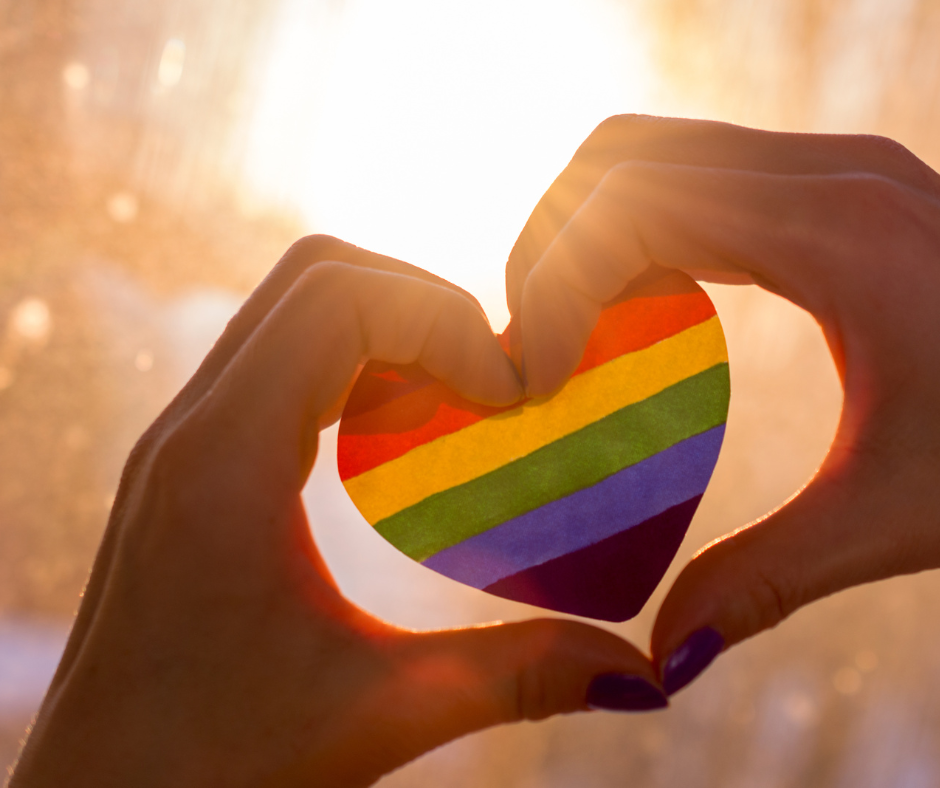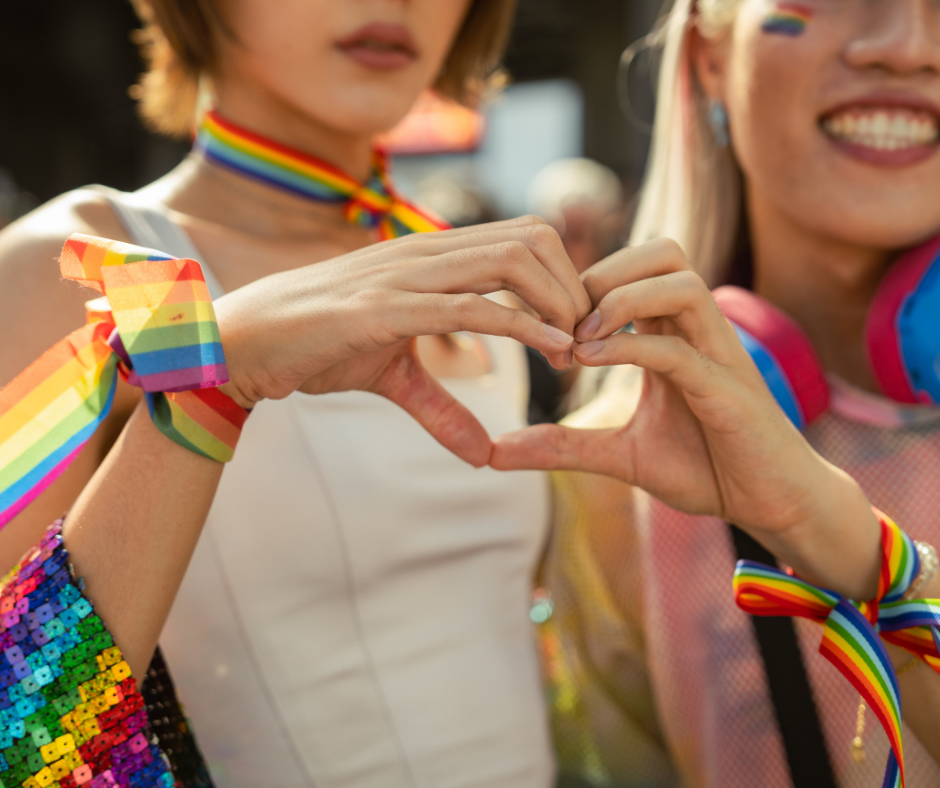In recent years, the term LGBT has become a significant part of our social vocabulary. This acronym stands for Lesbian, Gay, Bisexual, and Transgender, representing a diverse community of identities that vary in sexual orientation and gender identity. This guide aims to unpack the meaning behind each of these letters and the broader implications they hold for individuals who identify with these terms, as well as their allies and educators seeking a deeper understanding of this dynamic community.
L is for Lesbian
A lesbian is a woman who is emotionally, romantically, or sexually attracted to other women. The term has its origins in the poetry of Sappho, who lived on the island of Lesbos in ancient Greece and wrote about her affection for women. Today, lesbians may express their sexuality in various ways and often advocate for equality and acceptance within both the LGBTQ+ community and the wider society.
G is for Gay
Traditionally used to describe men who are attracted to men, the term “gay” can also be used broadly to refer to individuals who have same-sex attractions, regardless of gender. Gay individuals often face unique challenges and discrimination, but there is also a strong sense of community and pride associated with gay identity. The term has evolved over the years and is embraced by many as a positive affirmation of one’s sexual orientation.
B is for Bisexual
Bisexuality refers to the potential to be attracted—either emotionally, romantically, or sexually—to people of more than one gender, not necessarily at the same time, in the same way, or to the same degree. Recognizing bisexuality challenges the often rigid boundaries of sexual orientation and highlights the fluidity that can exist in human attraction. Individuals who identify as bisexual work to gain visibility and understanding in both the heterosexual mainstream and within the LGBTQ+ community itself.
T is for Transgender
Transgender is an umbrella term for individuals whose gender identity differs from the sex they were assigned at birth. Being transgender is about an individual’s internal understanding of their gender identity, regardless of physical anatomy, societal norms, or expectations. Some transgender people may choose to undergo medical procedures to align their bodies with their gender identity, but being transgender is not contingent upon physical appearance or medical transition. This part of the community deeply enriches the conversation around gender identity and expression, advocating for flexibility, understanding, and rights.
The Plus (+) and Beyond
It’s important to note that while LGBT serves as a succinct label, it does not encompass the entire spectrum of identities within the community. The addition of the plus sign (+) acknowledges the presence of other identities, including but not limited to Queer, Questioning, Intersex, Asexual (QQIA+), and many others, reflecting the community’s diversity and fluidity.
Why Understanding LGBT Matters
For those who identify as LGBT or as part of the broader plus (+) categories, these terms offer a way to define and express their experiences of love, identity, and societal engagement. For allies and educators, understanding the nuances of these identities can lead to more inclusive, respectful, and supportive environments. Beyond terminology, this knowledge encourages empathy and solidarity across all areas of society.
Conclusion
The LGBT acronym, while not exhaustive, plays a crucial role in our collective understanding of diversity in sexual orientation and gender identity. By exploring the meanings behind these letters and acknowledging the spectrum of identities they represent, we foster a more inclusive and compassionate world. Whether you identify within this community or strive to support those who do, recognizing the significance of these terms can pave the way for open dialogues, acceptance, and rights for all individuals.






